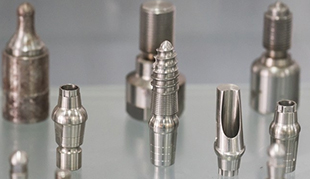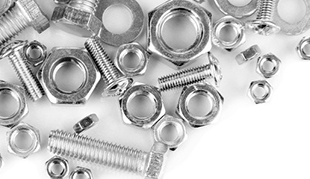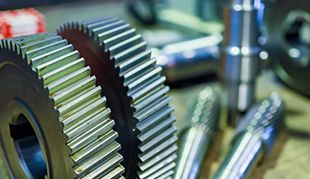Corrosion Resistance of Medical Devices Manufactured by Metal Injection Molding
In the ever-evolving landscape of medical device manufacturing, the pursuit of innovative techniques that combine efficiency, precision, and reliability is paramount. One such cutting-edge method that has gained prominence is Metal Injection Molding (MIM). This technique not only allows for intricate and complex designs but also raises the crucial question of how well these manufactured devices hold up against the corrosive effects of body fluids and drugs.
Understanding Corrosion Resistance
Corrosion in medical devices can lead to various issues, ranging from compromised structural integrity to the release of potentially harmful metallic ions into the body. Thus, ensuring the corrosion resistance of these devices is of utmost importance. Metal Injection Molding presents a promising avenue due to its ability to fabricate intricate shapes and geometries that are often hard to achieve through traditional manufacturing methods.

Investigating Corrosion Resistance
Methodology
A comprehensive study was conducted to investigate the corrosion resistance of medical devices manufactured using Metal Injection Molding. The study involved subjecting the devices to conditions simulating the corrosive environment within the human body, including exposure to body fluids and commonly used pharmaceutical agents.
Testing Parameters
The devices underwent a series of tests, including:
Salt Spray Test: This test simulates the effects of saltwater exposure, which can replicate the corrosive nature of body fluids.
Immersion Test : Devices were immersed in a solution mimicking the chemical composition of body fluids. This test aimed to evaluate long-term exposure effects.
Drug Interaction Test: The devices were exposed to a range of pharmaceutical agents that are typically encountered in clinical scenarios. This test assessed the devices' corrosion resistance when in contact with drugs.
Results
The results of the corrosion resistance tests were promising. The devices exhibited remarkable resistance against the harsh conditions they were subjected to, both in terms of surface integrity and the absence of metal ion release. This indicates that Metal Injection Molding can produce medical devices that are not only intricately designed but also capable of withstanding the corrosive environment within the human body.

Implications for Medical Device Manufacturing
The implications of these findings are significant. Metal Injection Molding offers a viable pathway for producing medical devices that not only meet the intricate design requirements of modern medicine but also ensure patient safety through superior corrosion resistance. By minimizing the risk of corrosion-related complications, healthcare providers can have greater confidence in the reliability and longevity of these devices.
Future Directions
While this study highlights the promising corrosion resistance of medical devices manufactured through Metal Injection Molding, further research is needed to explore various alloys, surface treatments, and more complex conditions that devices might encounter. Additionally, long-term studies and clinical trials are necessary to validate the real-world performance of these devices within the human body.
The corrosion resistance of medical devices is a critical factor in ensuring patient safety and device durability. The study conducted on medical devices manufactured by Metal Injection Molding brings to light the potential of this innovative technique to produce devices that not only boast intricate designs but also exhibit commendable corrosion resistance. As the field of medical device manufacturing continues to evolve, embracing advanced methods like Metal Injection Molding could pave the way for safer and more durable medical devices.






